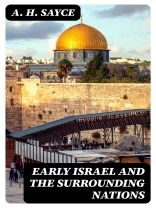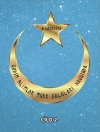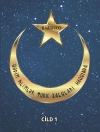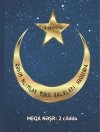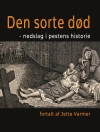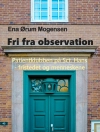In 'Early Israel and the Surrounding Nations, ’ A. H. Sayce provides a comprehensive examination of the ancient Near Eastern context in which early Israel emerged. Sayce employs a meticulous comparative analysis, juxtaposing biblical narratives with archaeological findings and historical records from neighboring civilizations. His literary style is scholarly yet accessible, intertwining rigorous evidence with engaging prose to illuminate the intricate tapestry of cultural exchanges, conflicts, and alliances that shaped the identity of early Israel. Positioned within the broader framework of biblical archaeology and ancient Near Eastern studies, the book not only informs the reader about historical facts but also invites reflection on the implications of these early interactions on contemporary understandings of identity and faith. A. H. Sayce was a pioneering British Assyriologist and a prominent figure in the field of biblical archaeology during the late 19th and early 20th centuries. His extensive travels and research in the Middle East significantly influenced his perspectives, leading him to delve deep into the complexities of ancient societies and their interactions. Sayce’s scholarly background and his role in the burgeoning study of cuneiform texts provided him with unique insights into the socio-political landscape that influenced the development of early Israel. This book is an indispensable resource for anyone interested in the historical underpinnings of the Bible and the intricate networks of ancient civilizations. Sayce’s balanced approach and comprehensive analysis not only enrich the academic discourse but also provide a vivid glimpse into a formative period of human history. Readers of history, theology, and archaeology will find 'Early Israel and the Surrounding Nations’ a thought-provoking and enlightening read.
O autorze
Archibald Henry Sayce, born in 1845, was a renowned British Assyriologist and linguist, whose scholarly work made significant contributions to the study of the ancient Near East. A true polymath, Sayce’s academic interests spanned various disciplines, including philology, history, and archaeology. He was a pioneering figure in the decipherment of cuneiform script and played a crucial role in bringing the civilizations of ancient Mesopotamia to the broader awareness of the Western world. Sayce’s book 'Early Israel and the Surrounding Nations’ delves into the complex interactions and histories of the early Israelites and their neighbors, reflecting his extensive knowledge and innovative approach to ancient historical narratives. His literary style often combined rigorous scholarly analysis with an engaging narrative, making his works accessible to both academic audiences and lay readers. Sayce’s contributions to Assyriology and the study of ancient cultures are still acknowledged in modern scholarship, and his works continue to be referenced for their historical value and insight into the past.
